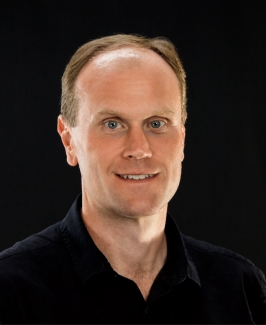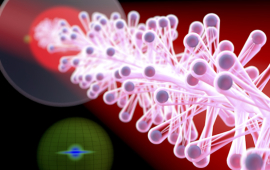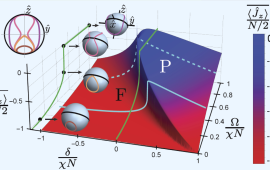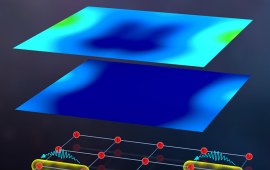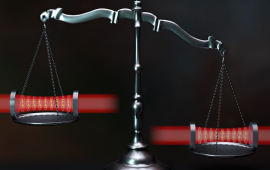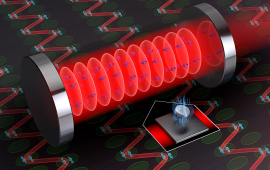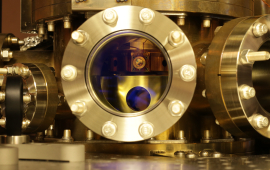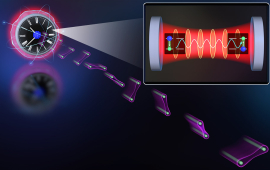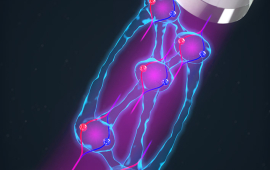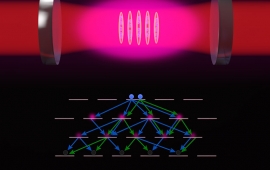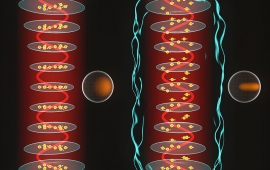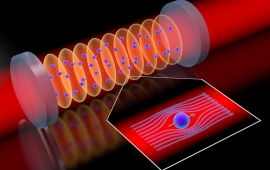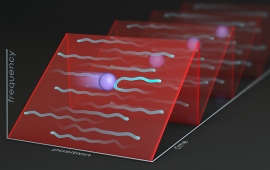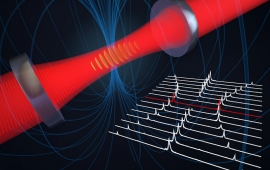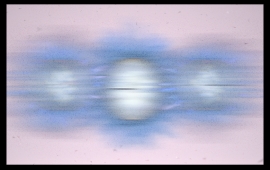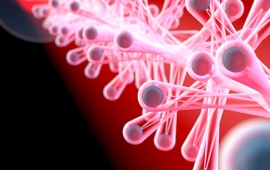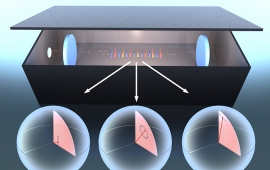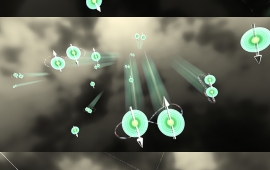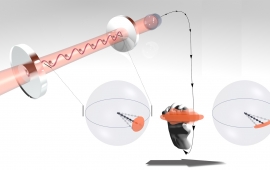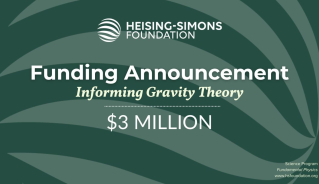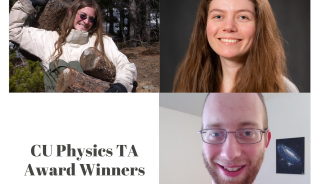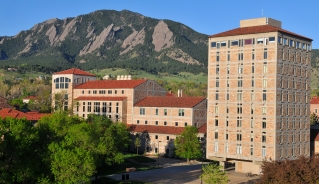Learn how we create some of the most entangled states in the world and how we have realized the first entangled matterwave interferometer that operates with a phase resolution below the Standard Quantum Limit
About the Thompson Group
Our lab explores two frontiers of quantum science: quantum simulation and quantum sensing. We do this in four different experiments using laser-cooled strontium and rubidium atoms trapped between highly reflective mirrors. Light-matter interactions create correlations and entanglement between thousands to millions of atoms. We use all aspects of quantum mechanics: unitary dynamics, the quantum measurement process, and dissipation. Explore the different projects below to learn more about dynamical phase transitions, entangled matterwave interferometers, and superradiant lasers.
Research Areas
Learn how we are working to realize an ultra-stable continuous superradiant laser for probing the universe more precisely.
Learn about our quantum many-body simulator realized by cavity-mediated interactions.
Learn how we are working to make hot atoms and light cooperate.
Stories About Our Research
Research Highlights
In the Spotlight
Dr. Matthew Norcia, a member of JILA’s extensive alumni network, has been awarded the prestigious 2024 International Union of Pure and Applied Physics (IUPAP) Early Career Scientist Prize in Atomic, Molecular, and Optical Physics. The IUPAP Early Career Scientist Prize honors early career physicists for their exceptional contributions within specific subfields, offering recognition through a certificate, medal, and monetary award.
Read More
The Heising-Simons Foundation's Science program has announced a generous grant of $3 million over three years, aimed at bolstering theoretical and experimental research efforts to bridge the realms of Atomic, Molecular, and Optical (AMO) physics with quantum gravity theories. Among the recipients, a notable grant was awarded to a multi-investigator collaboration spearheaded by the University of Colorado Boulder (CU Boulder) and JILA, a joint institute of CU Boulder and the National Institute of Standards and Technology (NIST).
Read More
JILA graduate students Tyler McMaken, Ran Brynn Reiff, and Julia Cline all win the 2020 CU Physics Department TA awards
Read More
A new national quantum research center draws on JILA Fellows' and their expertise to make the United States an international leader in quantum technology.
Read More
JILA Address
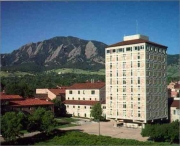 We are located at JILA: A joint institute of NIST and the University of Colorado Boulder.
We are located at JILA: A joint institute of NIST and the University of Colorado Boulder.
Map | JILA Phone: 303-492-7789 | Address: 440 UCB, Boulder, CO 80309




